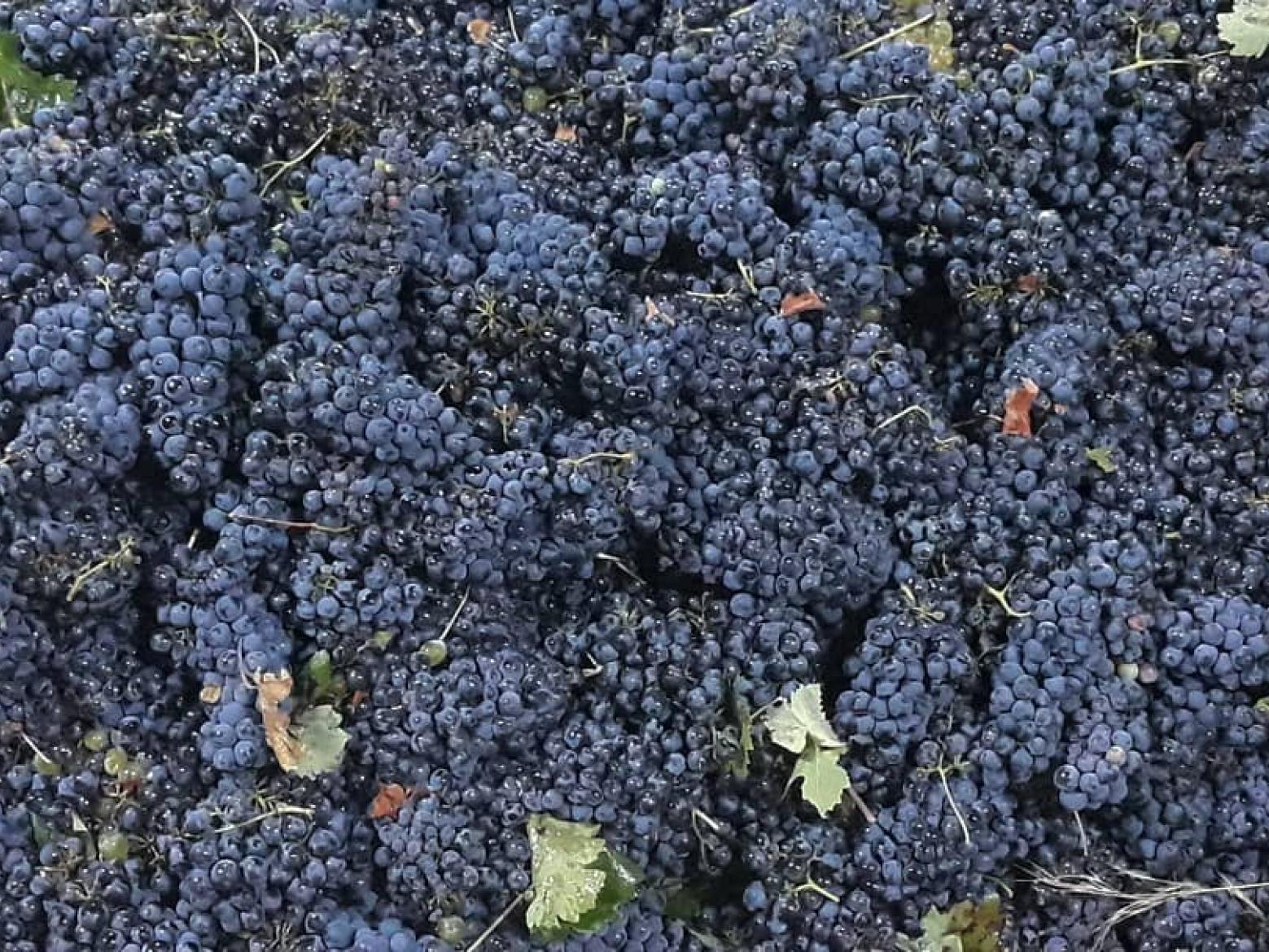Nemea harvest 2020: Winds of change
By Yiannis Karakasis MW
Continuing the feedback from this year's harvest, September is the time for Agiorgitiko in Nemea, (but also for Xinomavro in Amyndeo, Naoussa, Rapsani and Goumenissa). Agiorgitiko and Xinomavro are among the late-ripening Greek varieties, which means that they are harvested around mid-September. Following our Santorini harvest report, today we continue with Nemea, the largest Greek designation of origin, that covers about 2,500 hectares.
Quantity and Quality
“Up to now, the year seemed to be good, but we will have to wait and see how the grapes will be affected by the heat we've had these last few days”, says George Palyvos from Palyvos Estate, adding that two vineyards that have already been harvested show high phenolic potential and fresh acid. Along the same lines, Costas Mitravelas from the Mitravelas Estate comments that although it is early for definitive conclusions, it seems to be a good year. Still, there is some doubt about whether phenolic ripeness has been achieved (that is if tannins and aromas have ripened equally with sugars). On his part, George Skouras from the Skouras Estate is strongly concerned about the reduction of yields. “Quantitatively, it is an unprecedented year as yields were reduced by 30% compared to 2019, probably due to the heat in May that damaged flowering. There is some bitterness in it for us because the output from 5 hectares was only 18 tons. On the other hand, it will give us a chance to see if the reduction in yields will produce even better wines”.
The combination of lower yields with the mild weather conditions so far gave freshness to the fruit, and this encouraged Christos Aivalis from the Aivalis Estate to express his excitement about the vintage of 2020. “2020 is the best year in the last 30 years. Forget 2019, provided the same weather continues for another 15 days”! In terms of prices, the president of the Nemea Winemakers Association, Nikos Vlachos from the Lafkioti Winery, estimates that the grapes for PDO wines will move up to a maximum price of about 50 cents per kilo. “They may be a little lower than those of last year, due to reduced demand and the decline in production”.
Thoughts about the future
One of the most exciting questions for each of the wine-producing regions is how these can move upwards and how they can meet the challenges ahead. “The first issue we face is an outdated legal framework. For example, it stipulates a min of 11.5% alcohol volume for our PDO region”, says Vlachos, and he continues that the dossier for the amendment of individual paragraphs on the laws concerning the PDO of Nemea has progressed notably and will be submitted this coming December. “In addition, the wines of the zone were not quality controlled until recently”, he continues, “but as of this year the Association will carry out a ranking of the wines and those that are not considered to be at the necessary quality level for a Nemea will be excluded”.
The issue of reducing yields to produce high-quality wines seems to be of particular concern to C.Aivalis, who believes that there should be a change in the philosophy of producers with more emphasis placed on Agiorgitiko rather than rosé or white wines. “To move forward, Nemea wines should be represented by 60% of the production, and the 20% for each of the white and rosé wines; not vice versa. “Otherwise we weaken the brand of Nemea”, he says.
As Costas Mitravelas comments, a rather delicate balance needs to be achieved, thus introducing another aspect to the conversation. “The issue is obviously to keep Agiorgitiko because we see the rise of other varieties to its detriment. But, on the other hand, that may not be undesirable, as in this way Agiorgitiko can avoid mass production”. This opinion is also shared by G.Palyvos who claims that he would like limitations to be placed on the area covered by Agiorgitiko to preserve the quality of the wines, which will raise the prestige of the region. He, himself, considers the differentiation of Nemea as the focal point. “For Nemea to have value, its different parts need to be differentiated. Not all of Nemea is the same. “How it will be divided is a big discussion, but the ongoing research programme of the Agricultural University on the region and the variety, which is now in its third year, could provide excellent guidance”.
“Nemea is both a blessing and a wine El Dorado where all things coexist in harmony. On the other hand, one wonders whether transforming the region will be for the best. In my opinion, caution is needed and a long term strategy. Because, if we lose Agiorgitiko on the altar of Assyrtiko or some other variety, all of our efforts will have gone down the drain”, George Skouras adds. Nemea and its zone delimitation are working against the clock. 2020 appears to be a catalyst for its development. Will the wines from lower yields be worthy of the current high expectations, or will a lengthy-term of stagnation prevail?




